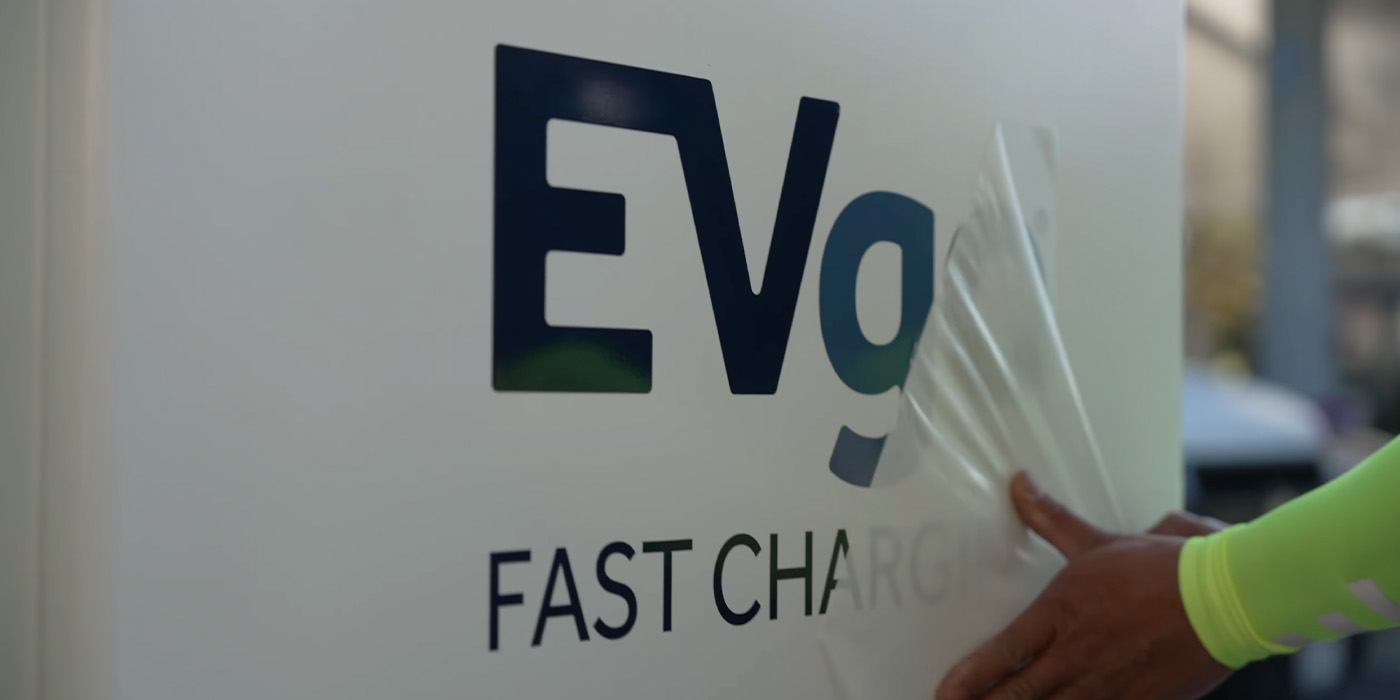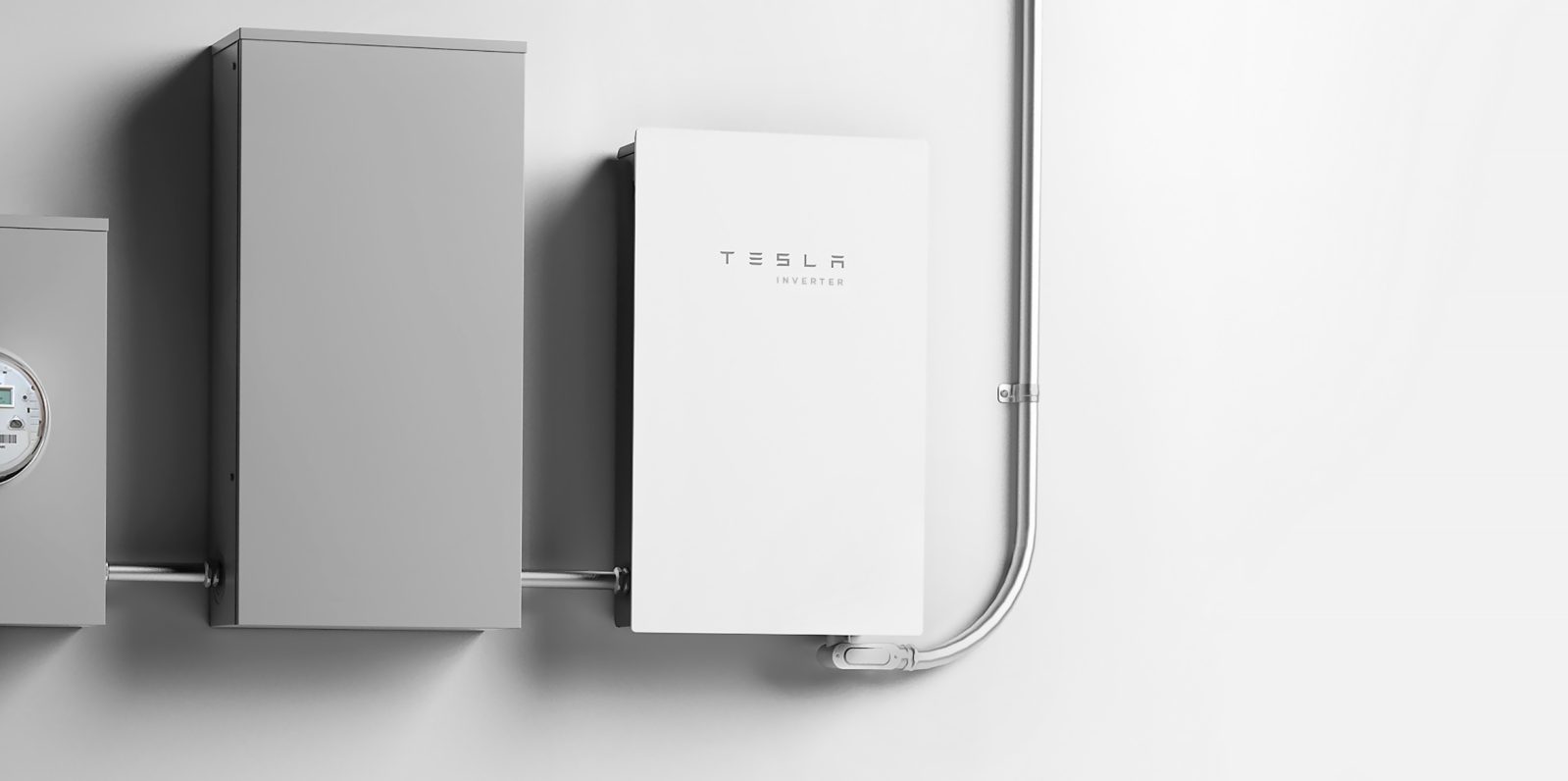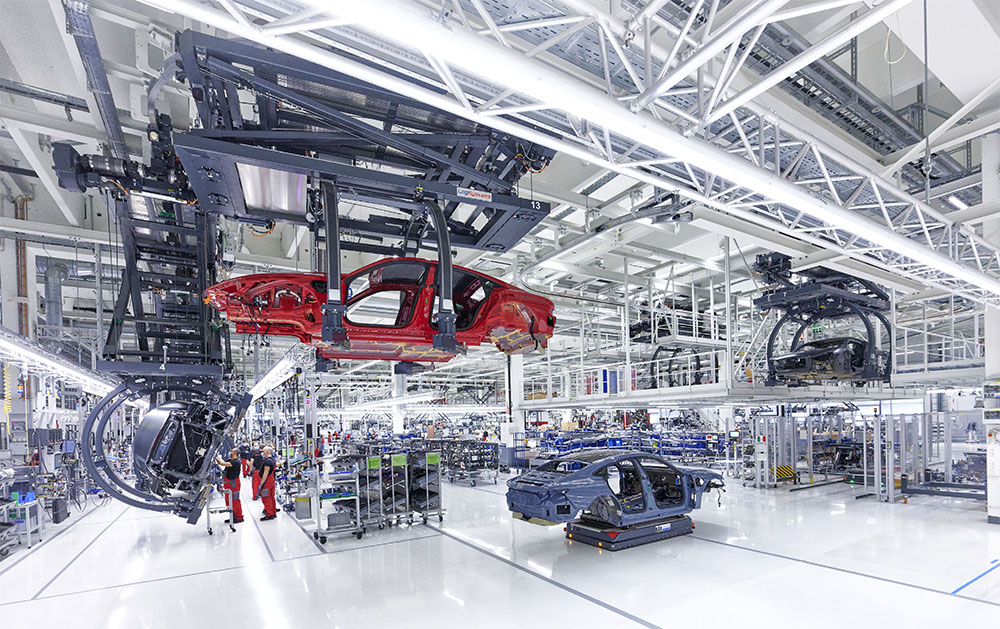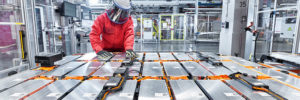Production accelerated and exceeded Lucid’s annual guidance.
Source: Electric Vehicle News
Prep for spring with Sun Joe’s 15-inch electric dethatcher at low of $172 in New Green Deals

Spring is a few months away, but now’s a great time to pick up to prepare for revitalizing your yard. It’s perfect for prepping the yard to grow faster, thicker, and healthier then ever before, and today the Sun Joe dethatcher is on sale for from its normal $199 going rate, marking a new low that we’ve tracked. We also have a wide selection of Tesla and e-bike discounts in today’s New Green Deals, so you won’t want to miss that either.
Head below for other New Green Deals that we’ve found today and of course Electrek’s best EV buying and leasing deals. Also, check out the new Electrek Tesla Shop for the best deals on Tesla accessories.
The post Prep for spring with Sun Joe’s 15-inch electric dethatcher at low of $172 in New Green Deals appeared first on Electrek.
Source: Charge Forward
EVgo announces ‘ReNew’ maintenance program to upgrade and replace hundreds of chargers

EV charging network EVgo announced a new maintenance program today that will roll out upgrades, replacements, and even the retiring of hundreds of chargers across the US. The new “EVgo ReNew” program looks to improve the fast charging experience for its customers by “doubling down” on charger reliability.
The post EVgo announces ‘ReNew’ maintenance program to upgrade and replace hundreds of chargers appeared first on Electrek.
Source: Charge Forward
Germany: Massive Plug-In Car Sales Surge In December 2022
BEVs and PHEVs represented the majority of new car sales in the country.
Source: Electric Vehicle News
Polestar Exec Goes After Toyota For Its Anti-EV Strategy
Toyota contributed less than 1% to US sales of emissions-free vehicles and has the worst supply chain for reducing emissions.
Source: Electric Vehicle News
Elon Musk Is Making Tesla His Priority Over Twitter: Internal Email
The controversial CEO has come under fire from a number of high-profile Tesla investors.
Source: Electric Vehicle News
Tesla claims its new solar inverter is much cheaper than the competition

Tesla released a white paper on its new string solar inverter and claims that it is much cheaper than competing inverter solutions from Enphase and SolarEdge.
The post Tesla claims its new solar inverter is much cheaper than the competition appeared first on Electrek.
Source: Charge Forward
2024 Buick Electra E4 Leaked, Looks A Lot Like Electra-X Concept
Buick’s second Ultium-based EV for the Chinese market has been uncovered by China’s Ministry of Industry and Information Technology.
Source: Electric Vehicle News
Audi to convert factories for EV production, phase out ICE models by 2033
The most significant tipping points for electromobility will be when automakers stop producing ICE vehicles. Audi has announced a couple of definite (if rather timid) steps in that direction: the brand is beginning to prepare its global facilities for the production of EVs; it will only launch all-electric models as of 2026; and it will gradually phase out production of its combustion models by 2033.
Unlike some competitors, which are building dedicated EV plants, Audi plans to build on its existing global production network. “Step by step, we are bringing all our sites into the future,” says Audi Board Member for Production and Logistics Gerd Walker. “We don’t want any standalone lighthouse projects on greenfield sites. Instead, we are investing in our existing plants so they end up being just as efficient and flexible as newly built production sites. The path Audi is taking conserves resources and accelerates our transformation.” (It may also allow the company to calibrate the speed of that transformation, extending ICE production if the political winds shift.)
By the end of the decade, Audi says it will be making EVs at all of its production sites worldwide. “We will make all our employees fit for the future by 2025 with a training budget of around 500 million euros,” says Walker. Two sites, Böllinger Höfe and Brussels, are already producing EVs. The Audi Q6 e-tron will roll off the production line in Ingolstadt next year, and production of EVs will gradually start in Neckarsulm, San José Chiapa and Győr as well. By 2029, all production sites will be producing at least one electric model. “Depending on local conditions,” production of the remaining combustion models will be gradually phased out by the beginning of the next decade.

New plants will only be built where additional capacity is needed. For example, Audi and its partner FAW are currently building a site in Changchun, China, where models based on the PPE (Premium Platform Electric) platform will be locally produced.
“We will use the transition to e-mobility to make major leaps in productivity and optimization by making the necessary modifications,” says Walker. Audi wants to cut factory costs in half by 2033 by streamlining the production process. The company also aims to make its manufacturing processes more flexible. The new Q6 e-tron, for example, will initially be made in Ingolstadt on the same line as the legacy A4 and A5. The electric models will gradually replace the combustion cars on the lines.
Sustainability is another major goal—Audi hopes to make all its production sites worldwide net carbon-neutral by 2025. By 2030, the company aims to cut its environmental impact in the areas of primary energy consumption, power plant emissions, air pollutants and water usage in half, compared with the 2018 figure.
Source: Audi
Source: Electric Vehicles Magazine
Researchers develop cobalt-free cathodes using hydrothermal synthesis
Researchers at the DOE’s Oak Ridge National Laboratory (ORNL) have developed a new method for producing cathodes for lithium-ion batteries by relying on hydrothermal synthesis, which eliminates the need to use cobalt, making the process quicker, less wasteful and less toxic.
They describe their work in: “Hydrothermal synthesis of Co-free NMA cathodes for high-performance Li-ion batteries,” published in the Journal of Power Sources.
Instead of continuously stirring cathode materials with chemicals such as ammonia in a reactor, the hydrothermal synthesis approach crystallizes the cathode using metals dissolved in ethanol, which is safer to store and handle than ammonia and can be distilled and reused afterward.
“This novel process offers the key advantage of moving the cathode industry to cleaner and more cost-competitive production while putting less burden on our environment,” said ORNL’s Ilias Belharouak, the principal investigator for the project.
“The hydrothermal synthesis method is also much faster,” added ORNL lead researcher Rachid Essehli. “The time required to make particles and prepare for the next cathode batch drops from as many as a few days to 12 hours. This cathode material can give more energy and decrease the cost of electric car batteries.”
Source: ORNL
Source: Electric Vehicles Magazine



